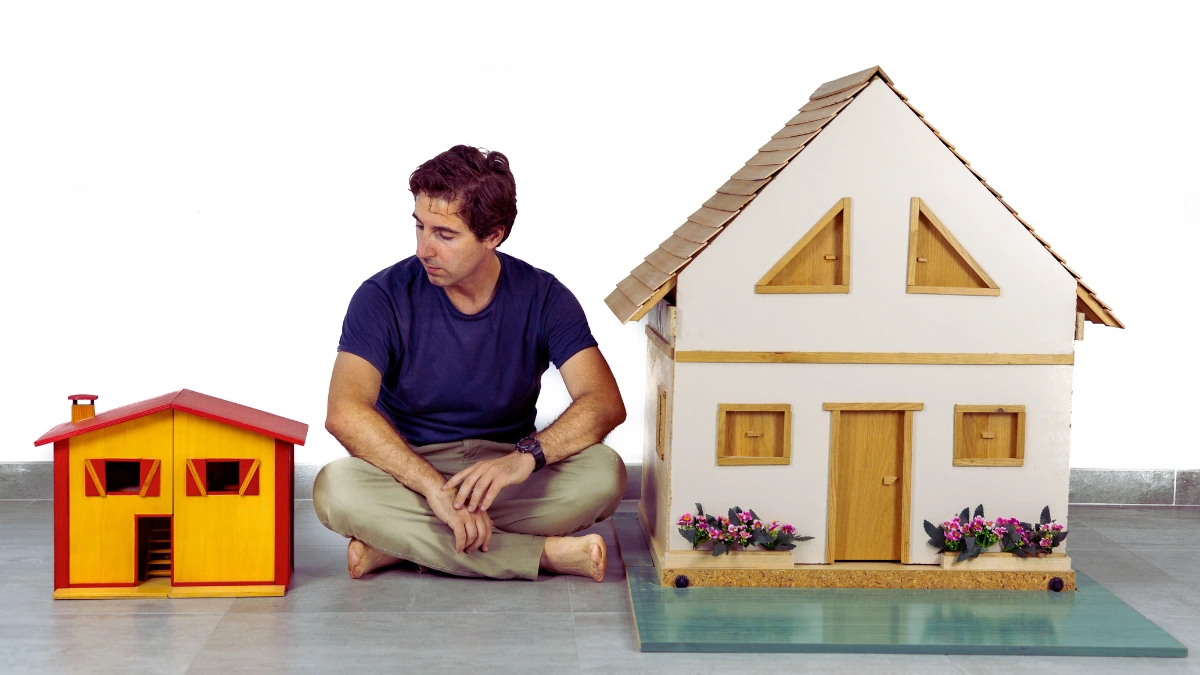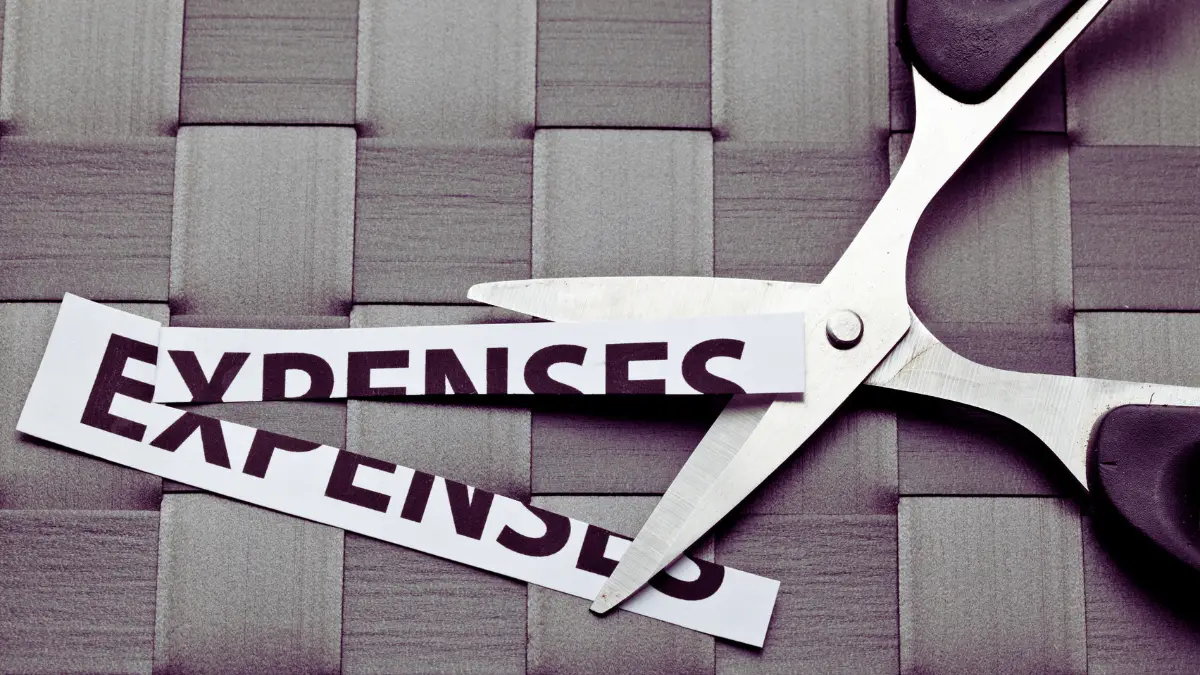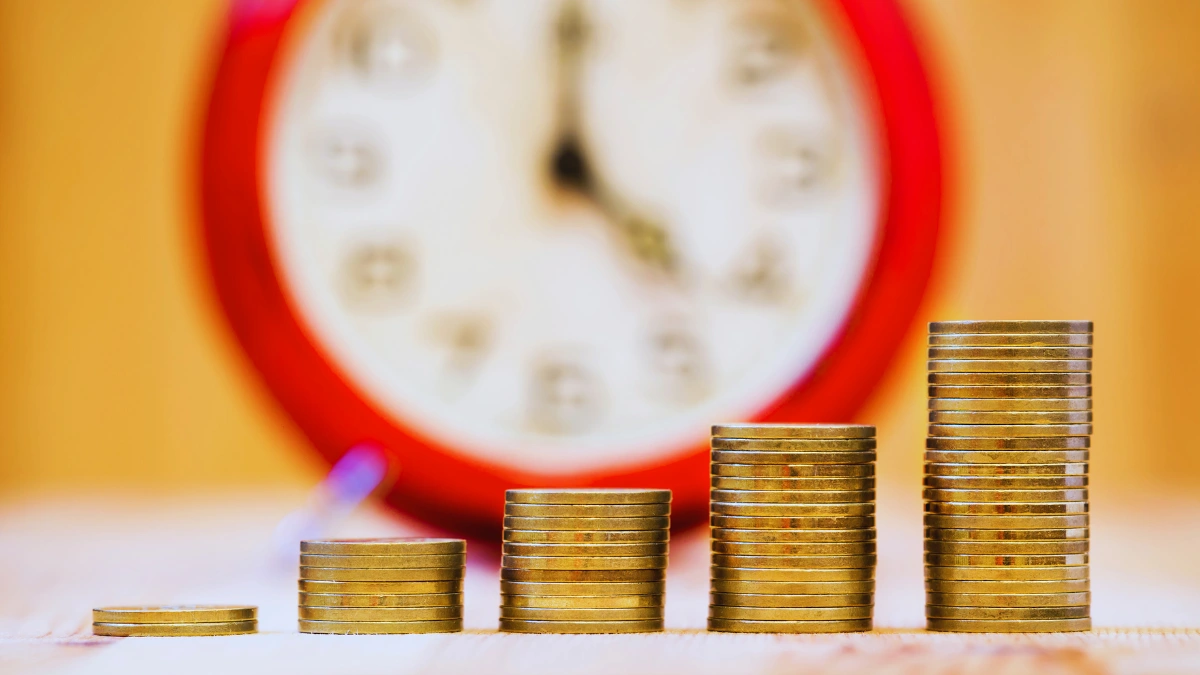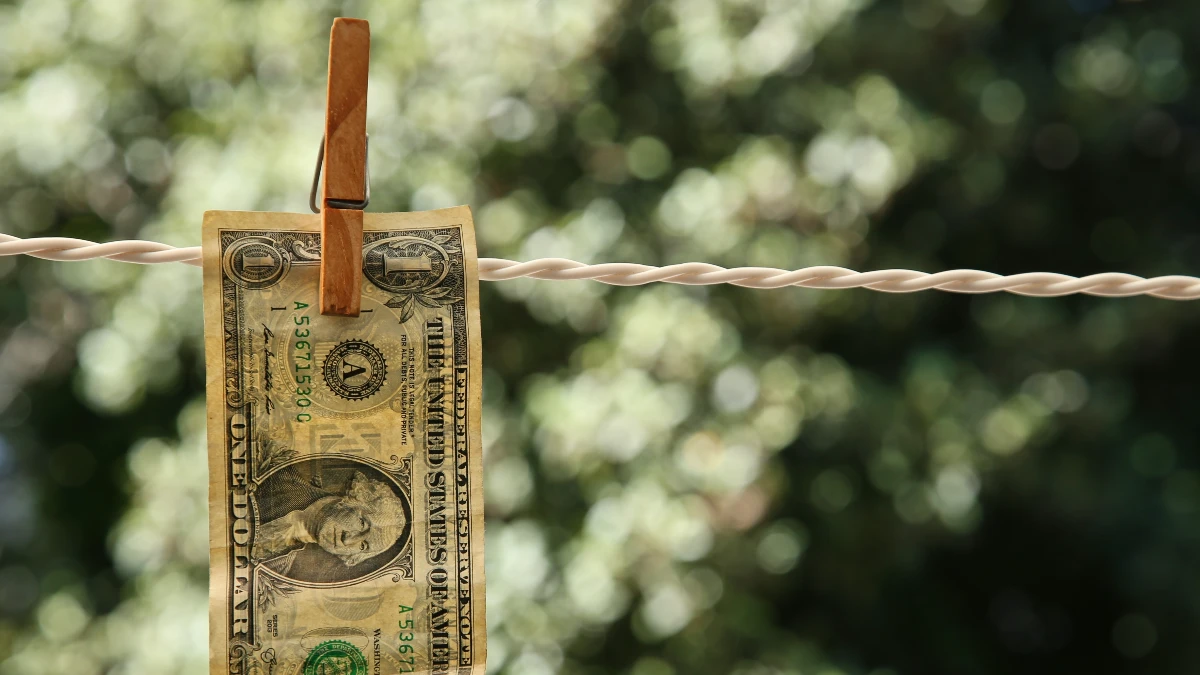At 28, I had $200,000 saved and zero friends willing to grab coffee.
You’re probably here because you’re saving aggressively for FIRE. Maybe you’re hitting 50% or 60% savings rates. Perhaps you’re declining invitations because they cost too much. Maybe you’re starting to feel alone.
I get it. I was there too.
I saved 70% of my income for three years. The math worked perfectly. My social life died completely. And the isolation nearly killed me.
Here’s what happens when you choose extreme FIRE over everything else. Plus, how I fixed it without giving up on financial independence.
I Saved 70% of My Income for FIRE
I thought I was being smart. Save aggressively while young, retire by 40, live the dream. The plan looked perfect on spreadsheets. Real life was messier.
1. My FIRE Plan Started With Big Dreams

I discovered FIRE at 25 through a blog post. Some guy retired at 30 with a million dollars. He saved 70% of his income and invested everything in index funds.
I made $75,000 per year as a software engineer. Living on $22,500 seemed impossible at first. But the numbers were addictive.
$56,250 saved per year. With 7% returns, I’d have a million dollars in 13 years. I could quit my job at 38 and never work again.
My first month, I saved 30%. Cut cable, cooked at home, biked to work. Easy wins that felt good. Month two hit 45%. Moved to a cheaper apartment, bought a used car in cash.
By month six, I was saving 65%. Everything became a math problem. Is this expense helping me retire early? No? Then I don’t need it.
The compound interest calculator became my favorite app. Every dollar saved was $10 in retirement money. Every expense was stealing from my future self.
2. How I Cut Every Expense to Hit 70%

My rent dropped from $1,800 to $900. I moved 45 minutes from downtown to a basement apartment. No parking, no dishwasher, no air conditioning.
Food budget: $200 per month. Rice, beans, chicken, eggs, and peanut butter. I meal prepped every Sunday. Same breakfast, lunch, and dinner for weeks.
Transportation: $50 per month. Bought a used bike for $200. Biked 12 miles round-trip to work every day. Rain, snow, heat – didn’t matter.
Entertainment: $0. Cancelled Netflix, Spotify, and gym membership. Free activities only. Library books, hiking, and YouTube workouts.
Clothes: $20 per month. Thrift stores and clearance racks. Wore the same five shirts and two pairs of pants for months.
Phone: $30. Switched to a basic plan with 2GB of data. No international calling, no premium features.
Every expense got cut or eliminated. Haircuts at home. Generic everything. Used furniture from Craigslist. I became obsessed with finding ways to spend less.
The savings rate hit 70% in month 18. I felt proud and disciplined. My coworkers’ spending money on lunch looked weak and undisciplined.
3. The Numbers That Made It All Seem Worth It

Year one: $53,000 saved. Net worth jumped from negative $15,000 to positive $38,000.
Year two: $56,000 saved. Net worth hit $105,000 with investment gains.
Year three: $58,000 saved. Net worth reached $200,000.
I was 28 years old with more money than my parents had at 50. The plan was working perfectly.
My FIRE calculator showed 8 years until financial independence. I could quit my job at 36 instead of working until 65. That’s 29 extra years of freedom.
Every sacrifice felt worth it when I looked at those numbers. My friends were spending money on experiences. I was buying my freedom.
The math was beautiful. But math doesn’t account for loneliness.
I Saved 70% of My Income for FIRE – The Social Isolation Almost Killed Me
Here’s what nobody tells you about extreme FIRE savings. You can hit your numbers and lose everything that makes life worth living.
1. When “No” Became My Default Answer

You know how this starts. A friend texts about dinner plans. You see the restaurant name and already know it costs $50 per person. Your brain does the math instantly.
That’s two days of food from your grocery budget. So you say no.
At first, you give reasons. “I’m trying to save money.” “Maybe next time.” “I already ate.” But after months of this, the excuses get old. For you and them.
I started saying no to everything. Birthday dinners. Weekend trips. Even coffee dates felt too expensive at $5 each. My default response became automatic.
The math made sense. Every $50 dinner was $50 less for my FIRE fund. In 30 years with compound interest, that dinner would cost me $540. Who spends $540 on one meal?
But every “no” pushed me further away from the people I cared about. Every declined invitation made the next one less likely to come.
My friends learned to plan without me. They stopped asking. And I told myself this was fine because I was building wealth while they wasted money.
2. The Friendship Fallout

Your college friends don’t understand FIRE. They make good money and want to spend it on experiences. You make good money and want to invest every penny.
This creates a problem you can’t budget your way out of.
My best friend planned his bachelor party in Vegas. The cost? $800 for three days. I did the math and said no. He understood, but I could hear disappointment in his voice.
His wedding came next. I went to the ceremony but skipped the reception dinner because it meant staying in a hotel. Another $200 saved. Another friendship is strained.
My college roommate group chat used to buzz with plans. Weekend trips to the mountains. Concert tickets. Brewery tours. I watched the messages pile up, but never responded to anything that cost money.
Eventually, they stopped including me. Not out of anger, but because they knew I’d say no. Why invite someone who never shows up?
Wealth doesn’t text you on your birthday. Money doesn’t call when you’re having a bad day. And compound interest can’t fill the space where your friendships used to be.
3. Dating and Romance on a FIRE Budget

Try explaining to a date why you can’t go to a nice restaurant. Try planning romance on $20 per month. It doesn’t work.
I thought I was being smart by suggesting free first dates. Coffee shop meetings. Walks in the park. Cheap lunch spots. But women could tell I was being cheap, not creative.
One girlfriend lasted six months. She understood my FIRE goals at first. She even thought my discipline was attractive. But romance needs investment beyond index funds.
Valentine’s Day broke us up. I spent $30 on dinner and flowers. She spent $150 on a weekend trip for us. The imbalance was obvious and embarrassing.
She wanted to travel together. I wanted to max out my 401k. She wanted to try new restaurants. I wanted to meal prep chicken and rice.
You can’t build a relationship when every expense feels like stealing from your future self. You can’t be romantic when you’re calculating the opportunity cost of every gesture.
I chose FIRE over love. Multiple times. And compound interest never held my hand or made me laugh.
4. Professional and Career Networking Collapse

Your career needs relationships, too. And relationships cost money to maintain.
I skipped every work happy hour because drinks cost $8 each. I declined team dinners because they ran $40 per person. I avoided industry conferences because the registration fee was $200.
While I saved money, my coworkers built relationships. They got inside information about promotions. They learned about new opportunities. They developed mentoring relationships with senior managers.
My boss stopped inviting me to client dinners. Not because I was bad at my job, but because he knew I’d decline. Other team members went instead. They built relationships with key clients while I stayed home eating ramen.
The biggest mistake? Skipping a $150 industry conference. Three of my coworkers attended and met executives from competitor companies. Two of them got job offers within six months. Better titles, 30% pay increases.
I saved $150 and cost myself thousands in potential income. My extreme frugality hurt my FIRE timeline.
Your network is your net worth. But you can’t network from your apartment, eating meal-prepped food.
5. The Mental Health Breaking Point

Month 28 of my FIRE plan. I had $200,000 saved. I also hadn’t left my apartment in six days.
The isolation crept up slowly. First, I stopped going to expensive places. Then I stopped going anywhere that wasn’t free. Finally, I stopped going anywhere at all.
My world shrank to my apartment, my job, and the grocery store. I watched Netflix alone every night. I ate the same meals every day. I checked my investment accounts obsessively.
The panic attacks started small. Anxiety about spending $10 on lunch. Sweating when friends suggested dinner out. But they got worse.
I had a full breakdown in Target over buying a $3 pack of gum. Three dollars felt like betraying everything I’d worked for. I stood in the aisle crying over chewing gum.
I had money but no friends to call. I had investments, but no one to share success with. I had a plan for early retirement, but no life worth retiring to.
One Tuesday night, I sat in my empty apartment looking at my account balance. $200,000. More money than most people my age had ever seen. And I wanted to die.
That’s when I knew my FIRE plan was killing me. Literally.
The Balanced FIRE Approach – My Recovery Strategy
I didn’t quit FIRE. I fixed it. Here’s how to save aggressively without destroying your life in the process.
1. How I Dropped to 55% Savings Without Guilt

The first step was admitting that a 70% savings rate was unsustainable. Not financially – mathematically it worked fine. But psychologically and socially, it was killing me.
I reduced my savings rate to 55%. That extra 15% went to what I called my “Life Fund.” $937 per month for social activities, relationship maintenance, and mental health.
This felt like failure at first. My FIRE timeline extended from 8 years to 11 years. Three extra years of work felt like giving up.
But here’s what I learned: those three extra years were worth it if I had friends to retire with and a life worth living.
I automated the Life Fund. $937 is transferred to a separate checking account every month. This money was for relationships, not investments. Guilt-free spending on social connection.
The new timeline still beats traditional retirement by 25+ years. I was still ahead of 99% of people my age. Just not miserable anymore.
2. The Social Recovery Action Plan

- Step one: Apologize to the friends I’d pushed away. I sent honest texts admitting I’d been too extreme with my money goals. Most people were understanding and welcomed me back.
- Step two: Set social spending minimums, not maximums. I committed to spending at least $200 per month on social activities. Dinner with friends, date nights, and work happy hours.
- Step three: Create new traditions that fit my budget. Instead of expensive dinners, I hosted potluck game nights. Instead of costly bar crawls, I organized hiking trips.
- Step four: Communicate my goals without being preachy. I explained FIRE to close friends but didn’t judge their spending choices. We found middle ground.
My social calendar went from empty to busy within two months. Date nights, friend dinners, work events, family gatherings. I remembered why these relationships mattered.
The $200 monthly social budget felt expensive at first. But investing in relationships paid dividends that compound interest never could.
3. Building a FIRE-Friendly Community

I found other people pursuing financial independence through local meetups and online forums. Turns out, lots of FIRE people struggle with social balance.
We started a monthly group that met for free activities. Hiking, potlucks at someone’s apartment, board game nights. Social connection without breaking anyone’s budget.
I also educated my non-FIRE friends about my goals. Most were curious and supportive once they understood I wasn’t judging their choices.
Some friends even started saving more after seeing my progress. We created accountability partnerships for both financial and social goals.
The key was balance. FIRE friends for financial discussions and motivation. Regular friends for fun and life outside of money. Both groups were essential.
Now I have $300,000 saved and genuine friendships. My FIRE timeline is 11 years instead of 8. But I’ll retire with people who want to spend time with me.
That’s worth three extra years of work.

